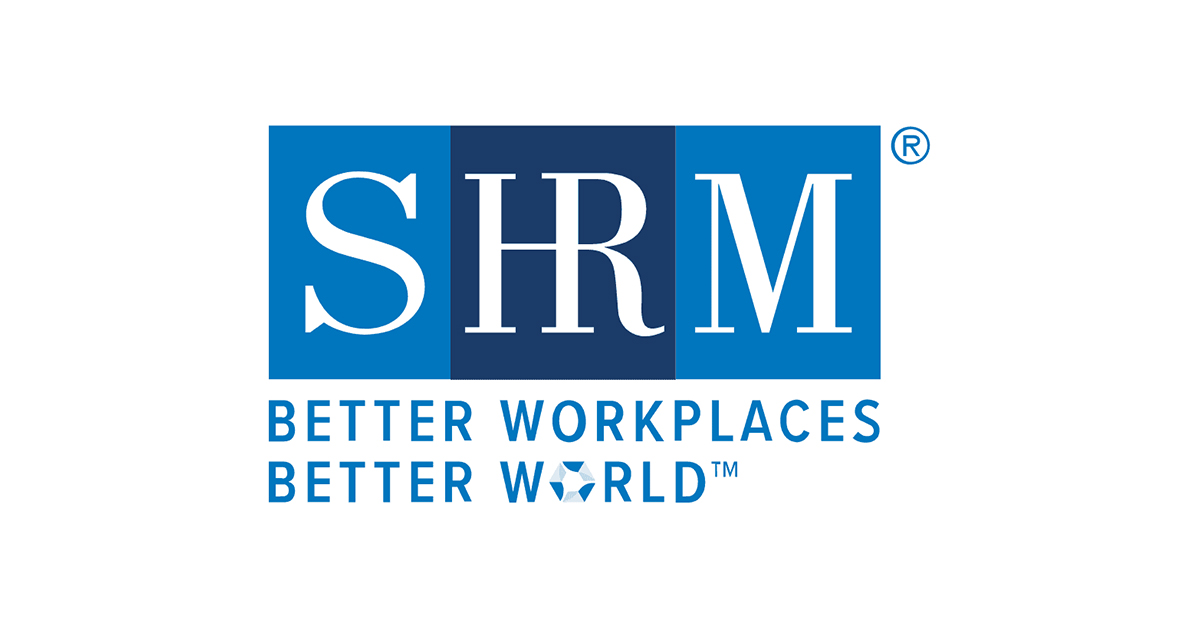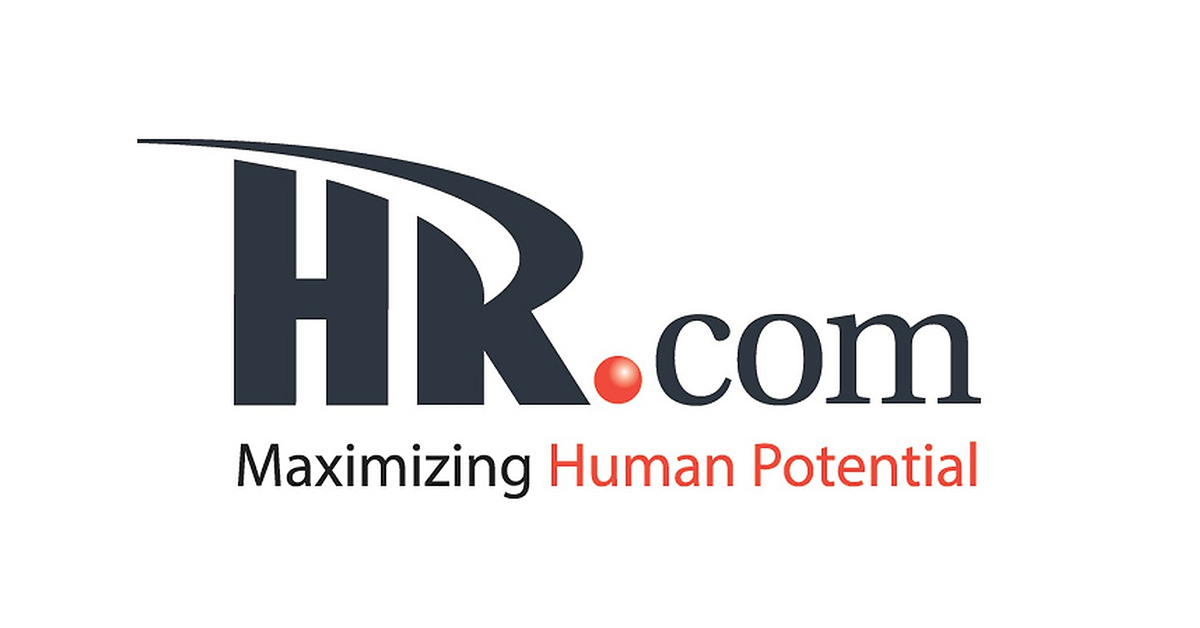A sexual harassment investigation is one of the most sensitive and critical types of investigations you’ll conduct. Because it involves deeply personal and often painful experiences, handling it with care is imperative. Getting it right is about so much more than compliance.
Today, organizations face increasing scrutiny around how they respond to these allegations. Victims need to feel heard and supported, while employers must protect the integrity of the process and maintain a safe workplace culture. That means your investigation needs to be meticulous, objective and timely — guided by clear policies and best practices.
Today, we’ll walk you through why sexual harassment investigations require extra care and key steps for conducting one. First, let’s define what sexual harassment is.
What is Sexual Harassment?
Sexual harassment is any unwelcome or offensive sexual conduct that affects a person’s terms or conditions of employment. It can take two main forms. First, it may occur when someone’s refusal to engage in sexual behavior becomes the basis for job-related decisions, like promotion, demotion or assignments. Second, it may be behavior that is severe or pervasive enough to create a hostile work environment. Both are unacceptable and organizations should have zero tolerance for these types of behavior.
A common misconception is that sexual harassment only happens between men and women. In reality, it can happen between anyone — women and women, men and men or any combination. The key standard is whether the victim experiences unwanted sexual conduct that impacts their employment.
Sexual Harassment Investigations Require a Special Approach — Here’s What to Know
Sexual harassment investigations involve highly sensitive allegations and often complex intrapersonal dynamics. Treating one like a routine HR matter is a mistake that can damage the investigation and employee trust.
Before beginning your investigation, here are some tips to consider regarding the special approach you must take.
Confidentiality
Confidentiality is important in every investigation — and even more critical in a sensitive investigation such as sexual harassment cases. Your responsibility is to create an environment where employees feel safe sharing their experiences, while also remembering that you are obligated to find the facts for your organization. Some information must be shared with those who need it to make informed decisions. The key? Be selective about who’s in that “need-to-know” circle.
Empathetic Interviewing
Investigators should intentionally approach interviews with empathy and respect, recognizing the emotional impact an allegation may have — especially a sexual harassment allegation. To begin, create a space that encourages openness and truthful communication.
When you start the interview process, be sure to share:
- You will keep the information confidential as much as possible — but you can’t promise the individual full confidentiality
- You will be interviewing others and reviewing evidence in relation to the allegation
- The findings will be shared with a decision-making group (kept as small as possible)
Consider Power and Consent Dynamics
Sexual harassment cases often involve complex power imbalances that must be understood. Consider this:
- Hierarchical Influence
- Peer & Social Pressure
- Patterns & Context
- Intersectional Factors
Legal Regulations
Investigations must adhere to relevant employment laws and organizational policies to avoid legal liability and uphold employees’ rights. This includes compliance with Title VII of the Civil Rights Act and other regulations.
Pro Tip: Loop in legal to make sure that you’re checking all the boxes related to regulatory adherence. This is a step you’ll want to take as early as possible.
Key Steps for Conducting a Workplace Sexual Harassment Investigation
To conduct a sexual harassment investigation, follow these steps.
But before you do, a word to the wise: With any investigation — but especially a sexual harassment investigation — it’s imperative you respond swiftly.
Some concerns require immediate action, especially when allegations are serious, the harassment is still happening or victims or witnesses feel intimidated by the person who allegedly harassed an employee.
With that being said, let’s dive in.
Pick An Investigator
Selecting an investigator for a sexual harassment claim is a big job. Pick someone who is neutral and won’t be perceived as biased. The investigator should not supervise or have a personal relationship with anyone involved. In sensitive cases, it may make sense to bring in an outside investigator. In certain sexual harassment situations, it can help to choose an investigator who shares the protected characteristics of the complainant, for example, a female investigator if the victim is a woman. This can make it easier for people to feel comfortable sharing their experiences.
Create a Plan
How you proceed depends on how the concern came to your attention. If you have a formal complaint, start there. If not, begin with what you already know. Collect relevant documents like policies on harassment and gather any physical evidence such as photos of offensive materials or objects related to the incident.
Interview Participants Thoughtfully
Next, you’ll want to kick off interviews. Start with the person who made the complaint (if there is one). In situations where there isn’t a formal complaint, start with the victim or someone who noticed the behavior. Walk them through the process so they know what to expect, explain that you’ll protect confidentiality as much as possible and share the company’s anti-retaliation policy. Let them know they can come back with more information if something new arises.
Pro Tip: Don’t get too caught up in sticking to the questions you’ve prepared. If new information comes up during the interview process, ask relevant follow-up questions about it.
When speaking with the person accused, be clear that your organization hasn’t made any decisions and that you want to hear the information they can provide. Yes, it can be awkward, but don’t pass assumptions. Instead, share the allegations clearly and give them a chance to respond. Start broad, then get more specific and stay neutral even if the conversation feels uncomfortable.
Witnesses should be told why they are being interviewed without revealing too many details. Before witnesses leave their interviews, be sure to remind them about anti-retaliation and encourage them to share any new information that may come up later — and that you’ll reach out if you need more details.
Put Together Evidence
Collect company records, performance details and any physical evidence. Look for corroboration and consider motives carefully. Your goal is to understand what happened, not to assign blame.
Act Accordingly
If harassment occurred, you are required by law to make it end. Stop it immediately, prevent it from happening again and restore the victim to their previous position if applicable. Document everything clearly, including interviews, evidence and decisions. An HR case management platform, like HR Acuity, can help you do this successfully — ensuring your investigators follow an airtight methodology, create clear, audit-ready documentation and keep everything in one centralized location.
Follow Up
Investigations can be stressful for everyone involved. Check in regularly for a few months to ensure there’s no retaliation and that the workplace feels safe and supported. Make sure your team members know how to report retaliation concerns if they have them.
Sexual Harassment Investigation Interview Questions
Your goal is to avoid asking leading questions and to get as complete an understanding as possible of what happened.
Here are some sexual harassment investigation questions you can ask to help you achieve that:
Sexual Harassment Investigation Interview Questions for the Complainant
- Can you walk me through what happened?
- How many incidents have occurred?
- How did you react at the time? Did you say anything to the person involved?
- Before these incidents occurred, what was your relationship with the other person like?
- When and where did the incidents take place?
- Was anyone else present or might have witnessed the incidents?
- How have these incidents affected you, if at all?
- Do you have any documentation related to the incidents?
- Did you tell anyone about what happened? If so, who?
- Is there anyone else you think I should interview?
- Is there anything else you would like to share?
Sexual Harassment Investigation Interview Questions for the Accused Employee
- Can you walk me through your typical workday or workweek? What are your job roles and responsibilities?
- How would you describe your relationships with your coworkers and direct reports?
- I want to share the allegation with you. [SHARE.] What is your response?
- Did these events happen? If so, what occurred, when and where?
- How did the other person respond?
- Was anyone else present or might have witnessed the events?
- Have you discussed this with anyone else?
- Is there anything else you would like to add?
Sexual Harassment Investigation Interview Questions for Witnesses
- Can you walk me through your typical workday or workweek? Who is your manager, and what are your work hours?
- Do you work directly with the person making the complaint or the accused?
- Has the complainant or the accused ever spoken to you about each other?
- Have you observed any interactions between the complainant and the accused that made you uncomfortable? If so, can you describe them?
- Have you experienced any issues working with either party?
- Is there anyone else you think I should speak with?
- Do you have any documents or other evidence related to these incidents?
From Intake Through Aftercare, How Long Do Sexual Harassment Investigations Take?
Short answer: it depends. One thing is certain — this is not a complaint you want sitting in your inbox for days before you act. Even cases that seem minor deserve prompt attention.
On average, sexual harassment cases stay open for 25 days, according to HR Acuity’s 9th Annual Employee Relations Benchmark Study. That timeline reflects the reality that investigations need to be thorough, fair and careful — but swift enough to protect everyone involved.
Common Challenges During a Sexual Harassment Investigation
Sexual harassment investigations are sensitive and often complex. Here are some challenges you may face as you investigate:
- Uncomfortable Conversations – Talking about harassment is never easy. The key is creating a safe space so people feel heard without fear.
- He-Said-She-Said Scenarios – Conflicting accounts make it harder to get to the truth. Evidence, documentation and witness interviews are essential.
- Emotional Impact – Investigations can be stressful for both complainants and the accused. It can also be traumatic for the investigator — especially if you’ve went through something similar yourself. Providing support and clear guidance is critical.
- Hidden or Incomplete Information – People may hesitate to share everything at first. Follow-up interviews and careful questioning help uncover the full picture.
- Retaliation Concerns – Fear of retaliation can silence witnesses or complainants. Remind everyone about anti-retaliation policies consistently.
- Time Pressures – Balancing thoroughness with speed is tricky. Investigations that drag on risk frustration, loss of trust and ongoing harm.
- Legal and Compliance Nuances – Missteps in procedure can create legal risk. Following clear policies and documentation standards keeps the process defensible.
Preventing and Investigating Workplace Sexual Harassment with HR Acuity
HR Acuity gives you the tools to make your workplace safer and handle harassment effectively if it occurs. With HR Acuity’s speak-up reporting hotline, you can invite employees to raise concerns before they escalate. Users can communicate safely and even anonymously with support for 35 languages in 56 countries. Employees can share concerns however they want — via phone, AI or live agent, SMS or online — giving everyone a way to be heard.
If harassment does occur, HR Acuity equips your team to investigate efficiently with AI-powered investigation software. Our proprietary three-step methodology ensures investigations are thorough, impartial and defensible. Investigation data flows directly into our analytics platform allowing you to take action proactively. Built-in benchmarking helps you see how your functions perform and identify potential hotspots before issues escalate.
It’s no surprise that HR Acuity was ranked #1 in Enterprise Whistleblowing and Investigation Management by G2 — Fall 2025.
Ready to see it in action? Get a demo today to discover how HR Acuity can help your team mitigate risk and create a safer, more transparent workplace.




